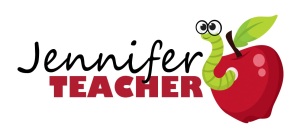There are many strategies to consider when wanting to teach or learn vocabulary.
Hands-on vocabulary learning seems to be the most effective that I’ve found, as having students use multiple senses when learning a new word seems to increase retention. Although, with this method the word gain is slow and it’s not always practical in the common classroom setting. Instead, I often try teaching vocabulary that is related to eachother, together – clusters!
Clustering, or using semantic clusters, basically means learning words around one theme or idea. These themes or ideas can be quite large such as “the world” (learn: countries, ocean, continent, to discover …) or can be more focused such as “coffee” (steam, espresso, to roast …).
A few ideas on how to teach using clusters:
- use theme-based ESL lessons instead of grammar-based. Grammar can be “snuck” into the lessons along with vocabulary that is related on a particular theme.
- use brainstorming charts where one word branches to another with visible cluster-like appearance.
- challenge students to find appropriate synonyms (words that have the same meaning).
- play Scattergories or Scrabble with a theme.
- If teaching reading, try to use a variety of resources – news articles, journals, dialogues, stories, podcasts – but with the same theme. This will increase the kinds of vocabulary that students are exposed to (expressive vs. written, for example).
Cluster/Cloud Graphic Organizers and more Vocabulary graphic organizers – free printables
Teaching and Developing Vocabulary article by Houghton-Mifflin Reading.
Dictionary.com Word of the Day to help you increase your own vocabulary.
 better able to demonstrate their personalities, preferences, thoughts… and therefore, I get to know them better. Often it is simply hilarious to see the range of answers students feel free to share in a comfortable environment.
better able to demonstrate their personalities, preferences, thoughts… and therefore, I get to know them better. Often it is simply hilarious to see the range of answers students feel free to share in a comfortable environment.

